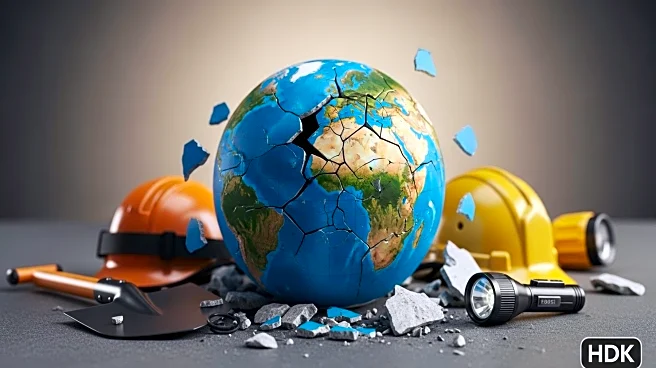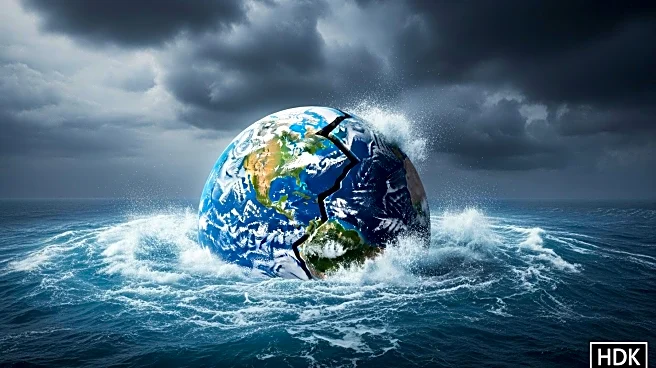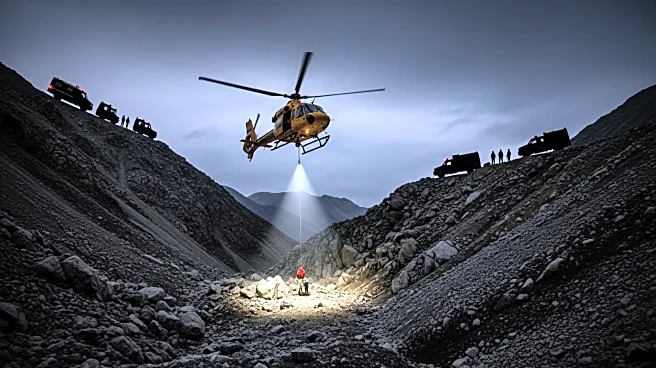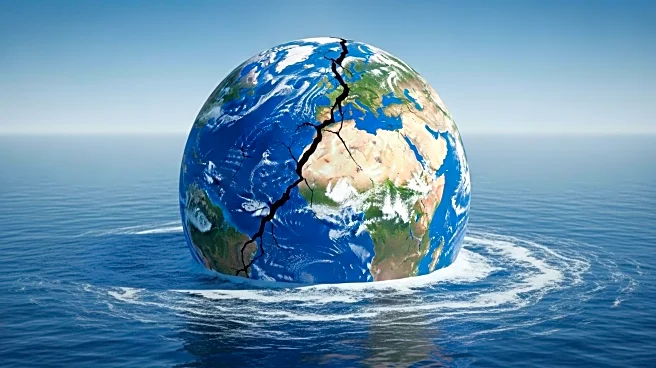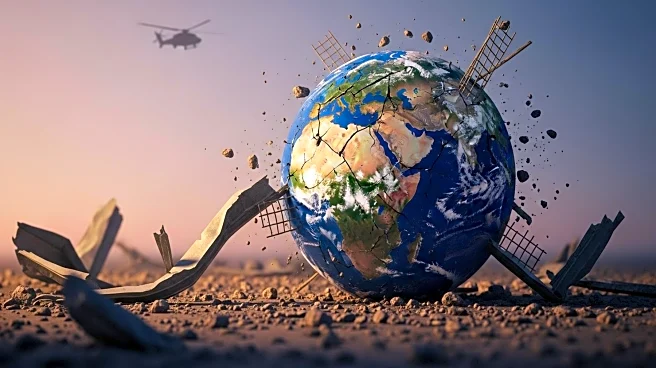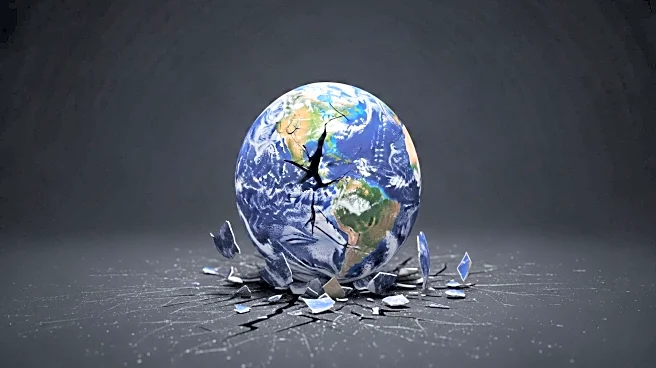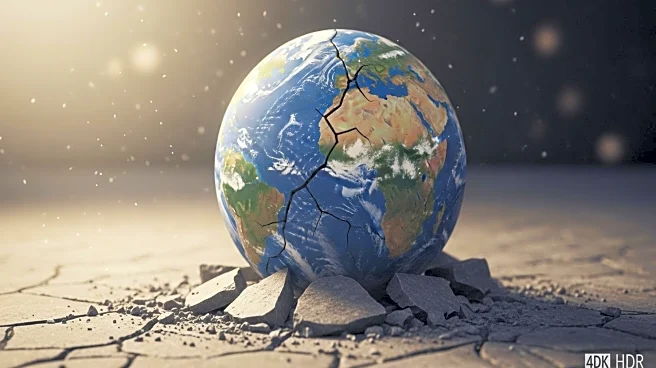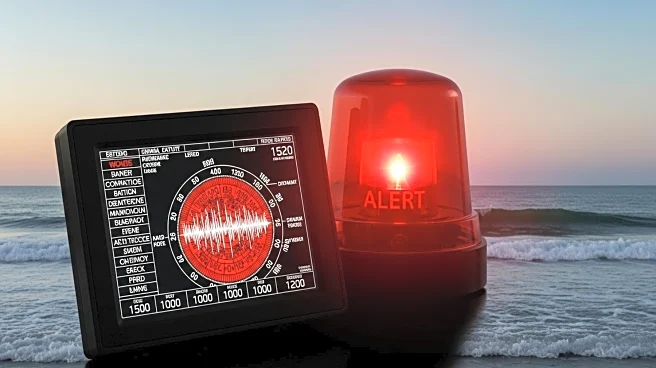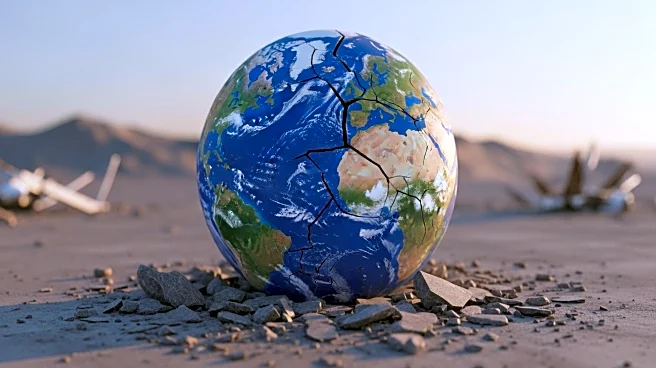What's Happening?
The death toll from a 6.9-magnitude earthquake in the central Philippines has risen to 69, with rescue operations ongoing to locate survivors. The earthquake struck off the coast of Cebu Island, causing widespread damage and power outages. The Philippine Coast Guard has deployed medical personnel to assist in the relief efforts, while President Ferdinand Marcos Jr. has assured swift government assistance. The earthquake is one of the strongest in recent years, with multiple aftershocks recorded.
Why It's Important?
This earthquake highlights the Philippines' susceptibility to seismic activity due to its position on the Pacific 'Ring of Fire.' The disaster has significant implications for public safety, infrastructure, and emergency response capabilities. The government's response is crucial in preventing further casualties and ensuring the recovery of affected communities. The event also emphasizes the importance of disaster preparedness and resilient infrastructure in mitigating the impact of such natural disasters.
What's Next?
Authorities are focused on continuing rescue and relief operations, with efforts to restore power and provide essential services to affected areas. The government is working to assess the full extent of the damage and coordinate with local agencies to deliver aid effectively. The region remains vigilant for potential aftershocks, which could pose additional risks to recovery efforts. Long-term strategies will likely involve strengthening infrastructure and improving disaster response protocols.

